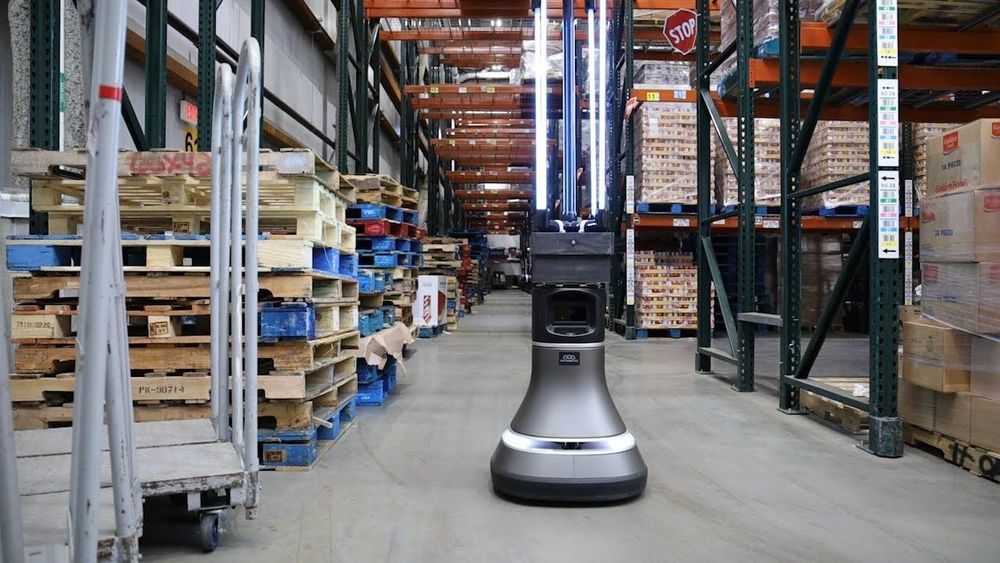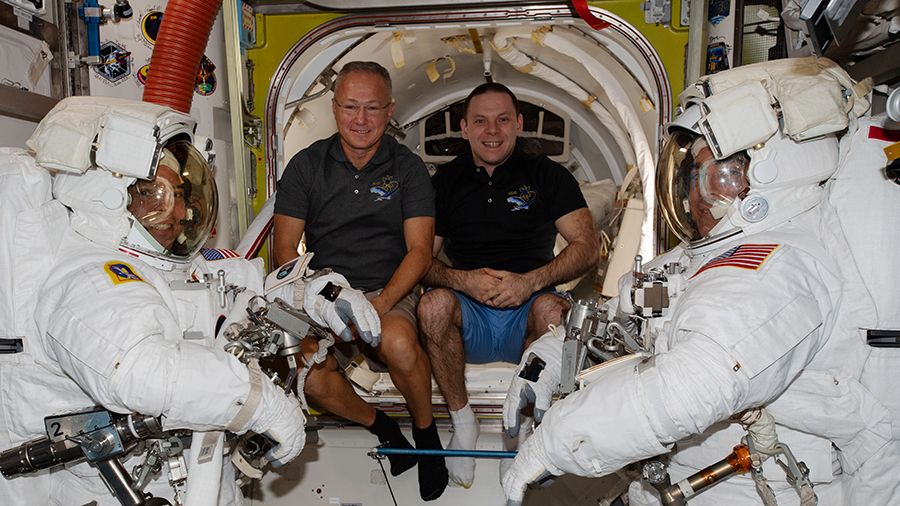
Pigs are intermediate hosts for the generation of pandemic influenza virus. Thus, systematic surveillance of influenza viruses in pigs is a key measure for prewarning the emergence of the next pandemic influenza. Here, we identified a reassortant EA H1N1 virus possessing pdm/09 and TR-derived internal genes, termed as G4 genotype, which has become predominant in swine populations since 2016. Similar to pdm/09 virus, G4 viruses have all the essential hallmarks of a candidate pandemic virus. Of concern is that swine workers show elevated seroprevalence for G4 virus. Controlling the prevailing G4 EA H1N1 viruses in pigs and close monitoring in human populations, especially the workers in swine industry, should be urgently implemented.
Pigs are considered as important hosts or “mixing vessels” for the generation of pandemic influenza viruses. Systematic surveillance of influenza viruses in pigs is essential for early warning and preparedness for the next potential pandemic. Here, we report on an influenza virus surveillance of pigs from 2011 to 2018 in China, and identify a recently emerged genotype 4 (G4) reassortant Eurasian avian-like (EA) H1N1 virus, which bears 2009 pandemic (pdm/09) and triple-reassortant (TR)-derived internal genes and has been predominant in swine populations since 2016. Similar to pdm/09 virus, G4 viruses bind to human-type receptors, produce much higher progeny virus in human airway epithelial cells, and show efficient infectivity and aerosol transmission in ferrets. Moreover, low antigenic cross-reactivity of human influenza vaccine strains with G4 reassortant EA H1N1 virus indicates that preexisting population immunity does not provide protection against G4 viruses.


















